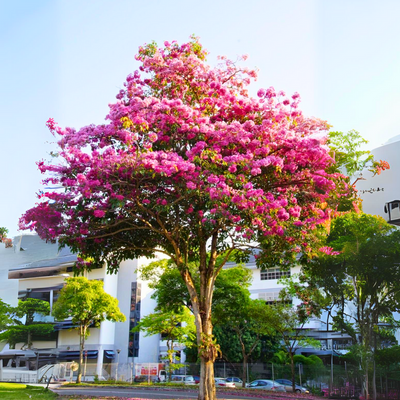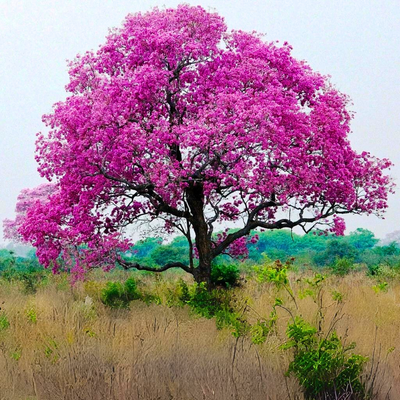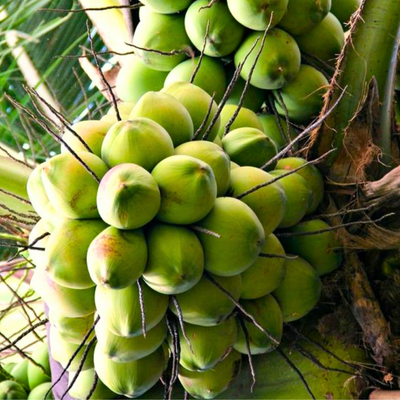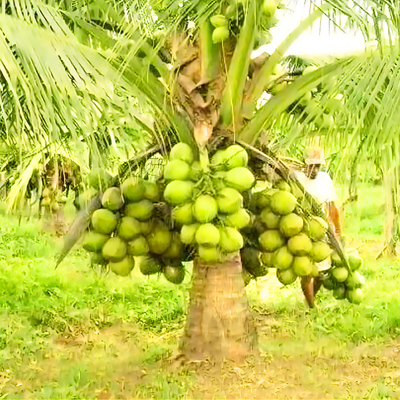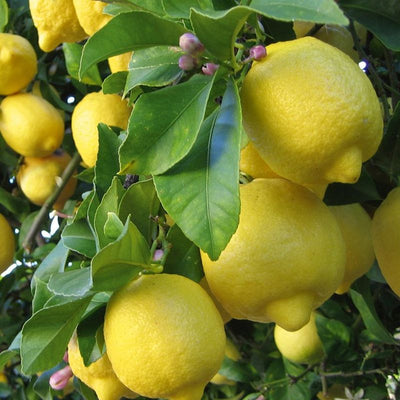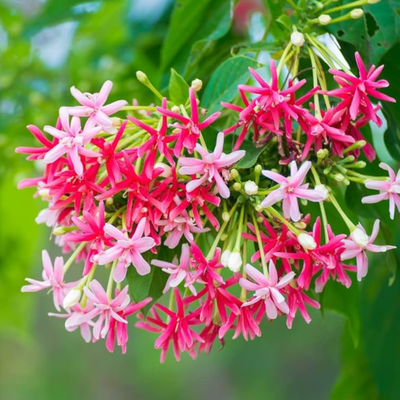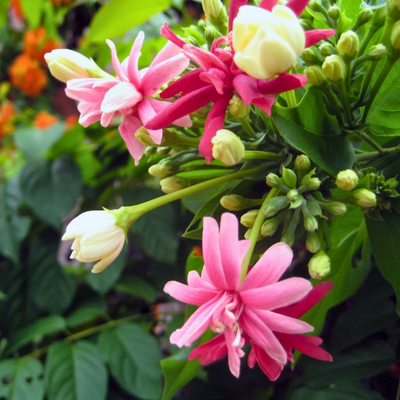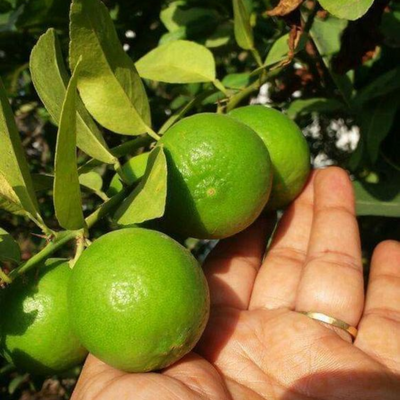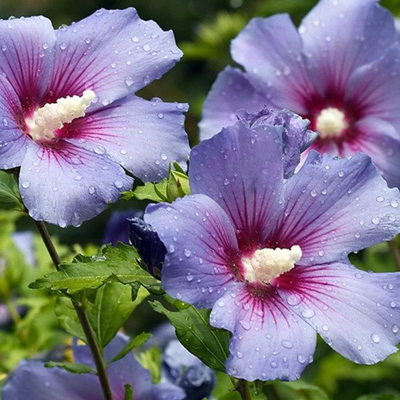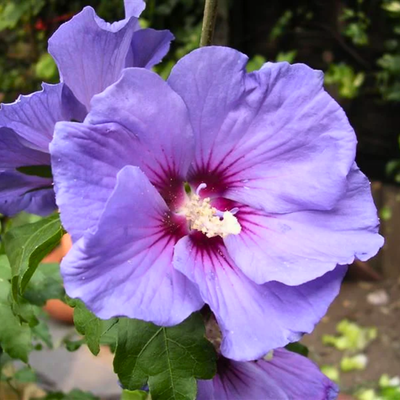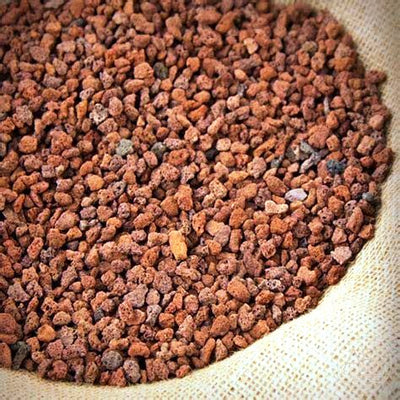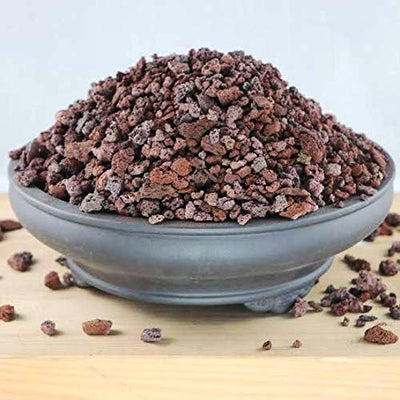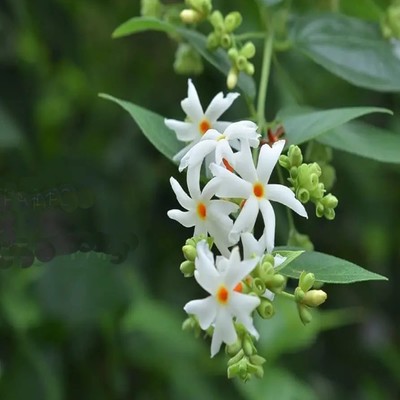
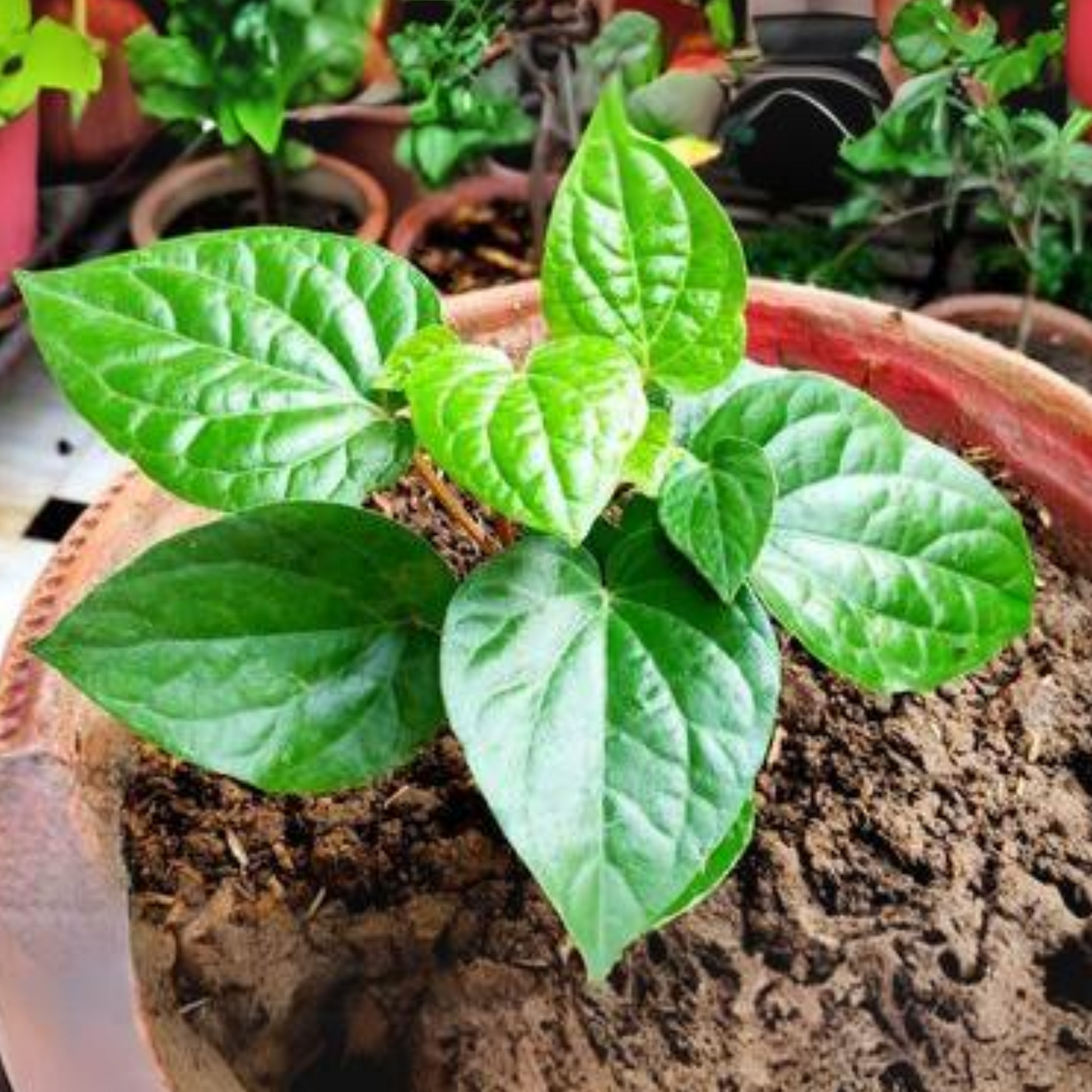
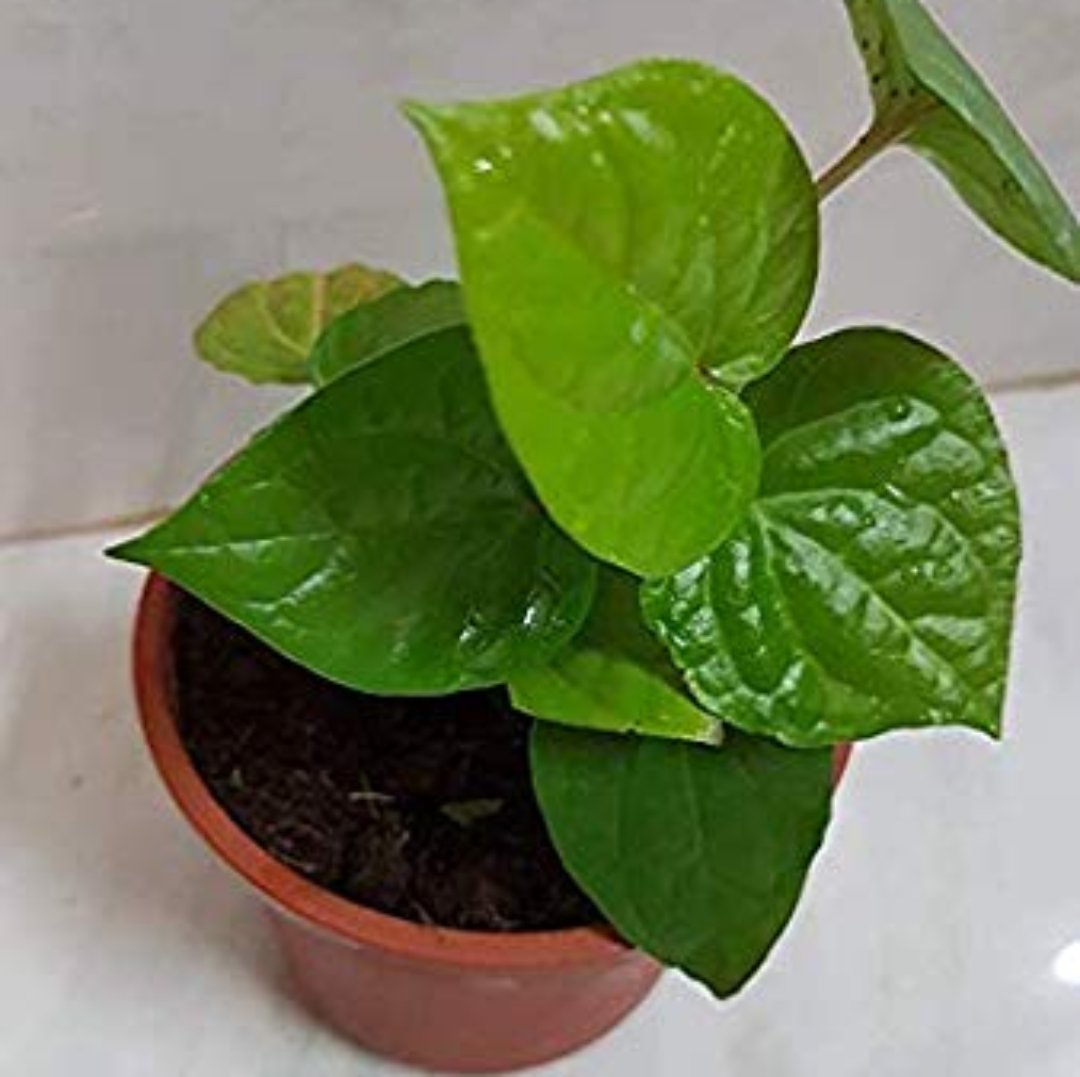

Maghai Pan Nagarvel Betel Leaf Live Plant
Rs. 349.00
Guaranteed Safe Checkout
Green Paradise Offers Maghai Pan (Betel Leaf) Plant
About Maghai Pan Plant
Maghai Paan (Betel leaf), also known as Piper beetle, is a perennial vine belonging to the Piperaceae family. It is native to Southeast Asia and is cultivated and consumed in many countries across the region, including India, Indonesia, Malaysia, Bangladesh, and Thailand. The betel leaf plant is highly valued for its leaves, which are used for various purposes, particularly in traditional medicine and cultural practices.
Here are some key aspects of the betel leaf plant:
Appearance:
The TheMaghai Paan plant is a climbing vine that can reach a height of 1.5 to 3 meters (5 to 10 feet). It has heart-shaped leaves that are glossy and dark green in color. The leaves are smooth on the upper surface and have a slightly rough texture on the lower surface.
Cultivation:
Maghai Paan plants prefer a warm and humid climate. They demand well-drained soil with a pH ranging from slightly acidic to neutral. The plant is propagated through stem cuttings or by layering. It thrives in partial shade but can tolerate full sun with adequate moisture. Regular watering and occasional fertilization are necessary for optimal growth.
Traditional Uses:
Maghai Paan have been used for centuries in traditional medicine systems like Ayurveda and traditional Chinese medicine. They are believed to have various medicinal properties, including anti-inflammatory, antiseptic, and digestive benefits. In many cultures, chewing betel leaves is a common practice, often combined with other ingredients like areca nut, slaked lime, and tobacco.
Culinary Uses:
Maghai Paan are commonly used as a wrapper for a popular traditional snack called "paan." Paan typically consists of a mixture of betel leaves, areca nut, slaked lime, and various flavorings like cloves, cardamom, and sometimes tobacco. The wrapped paan is chewed for its stimulating and refreshing effects. In addition to paan, betel leaves are also used in certain culinary dishes, such as curries, chutneys, and salads.
Medicinal Properties:
Maghai Paan contains several bioactive compounds, including essential oils, phenols, tannins, and alkaloids. These compounds contribute to the plant's therapeutic properties. Betel leaves have been used to treat various conditions like coughs, colds, sore throat, headaches, skin disorders, and digestive issues. They are also believed to have antioxidant and antimicrobial properties.
Health Considerations:
While Maghai Paan offers potential health benefits, it's important to note that prolonged and excessive chewing of betel quid (betel leaf combined with areca nut, slaked lime, and other ingredients) has been associated with certain health risks. Regular consumption has been linked to oral and throat cancers, oral submucous fibrosis, and other adverse effects. Therefore, it's advisable to consume betel leaves in moderation and consult a healthcare professional for guidance.
In conclusion, the Maghai Paan plant is a versatile plant with cultural, culinary, and medicinal significance. Its leaves are valued for their traditional uses and have been an integral part of many societies in Southeast Asia for centuries. However, it's important to exercise caution and moderation when consuming betel leaves to avoid potential health risks.
How To Grow Maghai Paan (Betel Leaf)
Growing betel leaf plants can be a rewarding experience.

